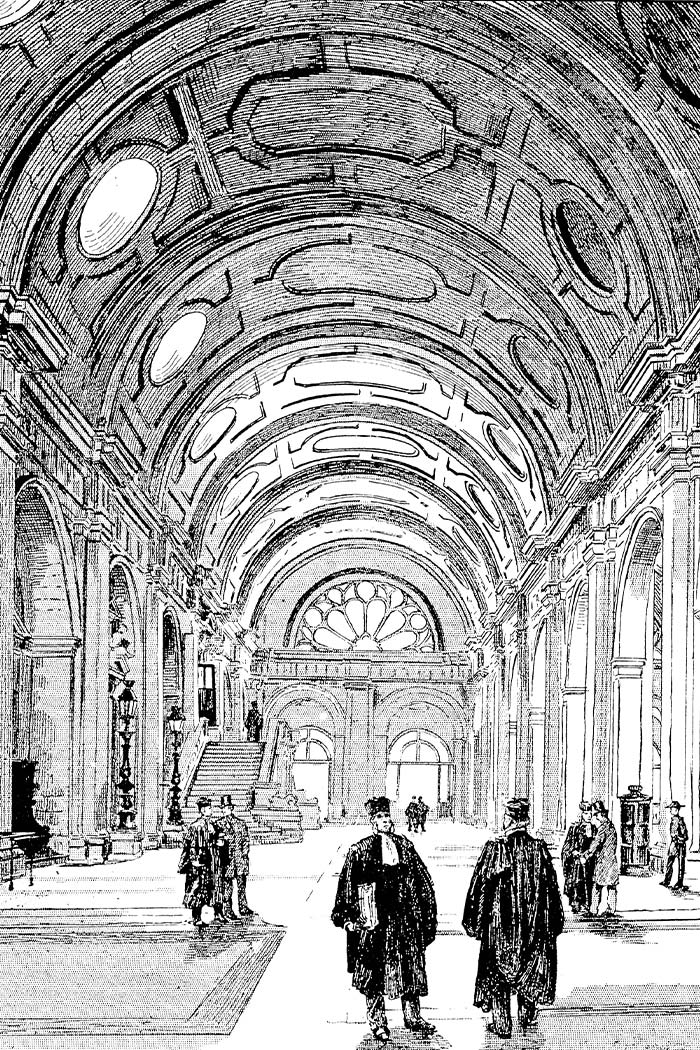Undisclosed Expert interests #1 – A common interest
Technomed Ltd & Anor v Bluecrest Health Screening Ltd & Anor [2017] EWHC 2142 (Ch) (24 August 2017)
Undisclosed Expert interests #1 – A common interest
This case is the first of two cases we will cover specifically looking at the non-disclosure of expert witness interests, expert independence, and the effect of this on expert witness evidence.
Background
This is an English case involving an Australian expert witness. It involved an intellectual property dispute – an allegation that the defendants had infringed the claimants’ database right and their copyright in the claimants’ electrocardiogram (“ECG”) analysis and reporting system.

One expert was a Professor M, a specialist cardiologist at the Royal Melbourne Hospital and medical director of an apparently third-party Australian company which provided ECG monitoring services, C Pty Ltd”. He gave expert evidence on behalf of the defendants.
However, it became apparent in cross examination that Prof M’s company, C Pty Ltd was in fact in commercial discussions with one of the defendants, and had a “common interest with one of the defendants”1. The precise nature of this common commercial interest was unclear from the judgement, but it seemed to be discussions in relation to some sort of joint venture or company sale/purchase.
Also, the manner in which Prof M was instructed was unusual and not set out in his written report. His instruction contained limited materials, and had come from two other directors in C Pty Ltd, and not from the defendant’s solicitors.
His report contained the standard declaration required, including a statement that “I know of no conflict of interest of any kind“. His report also stated that the expert had read the relevant rules regarding the provision of expert evidence to the court.
Found
The court found:
• It could not be said that Prof M can be seen to be independent of the defendants; and
• This issue was exacerbated by the fact he was not properly instructed in compliance with the Court rules, and thus report was also improperly commissioned2.
Contrary to the declaration, Prof M did in fact have a conflict of interest, a fact which only became known in cross examination. Further, despite his report stating that he had read the relevant rules regarding expert evidence, this too was incorrect.
No weight was afforded to Prof M’s evidence.
Interestingly, it transpired that after trial (but before judgement) Prof M’s company, in addition to its relationship with one of the defendant companies, was also alleged to have a business relationship with one of the claimant companies arising from what appeared to be brief commercial discussions. It was alleged this neutralised any allegation of bias on behalf of Prof M.
The judge did not decide on the factual nature of the relationship with the claimant company, however the fundamental issues with Prof M’s evidence, specifically his lack of independence, continued irrespective of any (potential) relationship with the parties. This did not in turn change the judge’s assessment3.
Comment
While it seems trite to say, all parties and their experts should ensure instructions obtained in normal way – via the solicitors instructing and not through other “back channels”.
Parties (and their lawyers and experts) should carefully consider the risk of conflicts from all potential angles and sources, and for all entities. Any such conflicts should be disclosed immediately.
It also serves as a reminder to Australian experts in foreign jurisdictions, foreign experts in Australian jurisdictions, and indeed experts within the various Australian jurisdictions. All experts (and potential experts) should ensure that they are aware of the specific requirements they have as an expert witness within the jurisdiction they are providing expert evidence. This is particularly so if it is a jurisdiction outside of the one in which the expert typically operates.
To see how we can potentially assist in the training of expert witnesses, including training on expert witness duties, please contact us.
1 At para 12.
2 At para 14.
3 At para 18.
